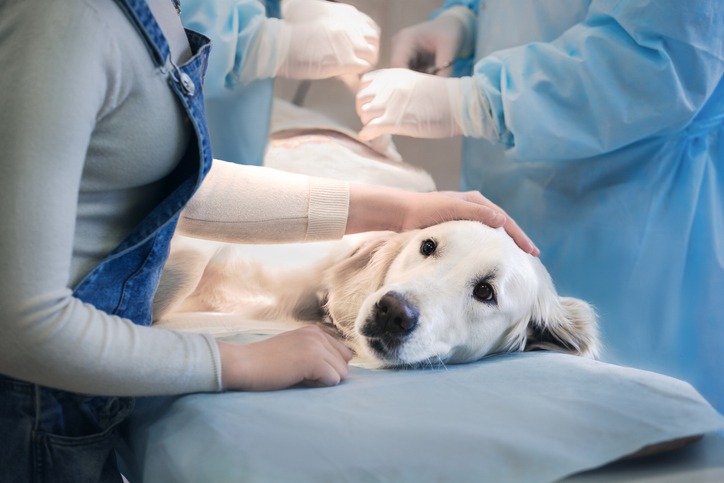As horse owners, trainers, or riders, our steeds’ health and well-being are in our hands. One common yet severe issue that equines face is lameness, which can restrict a horse’s movement and affect its quality of life. Detecting lameness early can make a difference in the outcome of treatments and pain management. Within this article, we’ll walk through some practical tips for spotting the signs of lameness and taking the appropriate action.
What is Equine Lameness?
Lameness in horses can be as subtle as a slightly uneven gait or as pronounced as an inability to bear weight on a limb. It is generally caused by pain, but mechanical or neurological problems can also be culprits. Identifying lameness early helps prevent worse issues and kick-starts the recovery process.
Visual Inspection
Start with the basics – a good look at your horse standing can tell you a lot. We should check for swelling, heat, or apparent injuries that could point to pain and lameness. Here’s what to keep an eye on:
-
Balance – is the horse standing squarely or shifting weight unusually?
-
Symmetry – does one leg look different from the others?
-
Hoof position – are they all flat on the ground, or is one raised?
Movement Observation
Watching your horse while it’s moving is another crucial step. Limping or favoring one leg over the others can indicate lameness. Here are the signs we should watch for when the horse is in motion:
-
Head bobbing – does the horse’s head move up and down more than usual?
-
Gait irregularities – are there any noticeable changes in how the horse walks, trots, or runs?
-
Reluctance to move – is the horse hesitant or resistant to move in specific ways?
Palpation and Flexion Tests
Another step we can perform is a hands-on examination. Gently palpating the limbs can reveal sensitive areas that might be causing discomfort. Additionally, flexion tests, where a joint is held in a flexed position for a short time before the horse is trotted off, can indicate pain when the horse’s gait becomes worse after the test.
Gait Analysis Importance
A more comprehensive approach we can take is gait analysis. We can detect asymmetries and irregularities by observing a horse’s walk and trot in a straight line, on a lounge, and sometimes under saddle.
Gait analysis provides valuable insights into which limb might be affected and the severity of the lameness. Professional veterinarians often perform this as part of a lameness evaluation horses encounter. They may use advanced technology like video analysis to record and break down each phase of the gait for closer inspection.
Sensitivity to Touch
When a horse flinches or reacts negatively to areas we touch, it’s a red flag. While palpating the legs, look for:
-
Heat – a warmer area can indicate inflammation or an injury.
-
Pain response – a horse might try to pull its leg away or change its facial expression.
-
Swelling – Any unexplained thickness in the tissue is worth checking out.
Reactivity to Hoof Testing
Using a hoof tester, we can apply pressure to specific areas of the hoof to check for tenderness or pain. This monotonous but necessary task is especially useful if a horse is showing lameness but no apparent signs elsewhere.
Know When to Call a Vet
While we can detect many signs of lameness by ourselves, there are times when it’s crucial to call a professional. If you’re in doubt, or if the lameness persists or worsens, it’s time to get a vet involved.
For severe cases, such as those requiring immediate attention, contacting an emergency equine vet in Ocala or your local area might be necessary. These professionals are equipped to handle urgent conditions and provide prompt medical care.
Contacting Emergency Services
In an emergency, time is of the essence. Having a plan in place and knowing whom to call can save precious minutes. For more information about ambulance equine services, research and locate nearby facilities that offer this type of care before you find yourself in a critical situation.
Aside from emergency situations, maintaining regular health check-ups with your vet can help catch lameness before it becomes a significant problem. They can provide a thorough health examination and recommend any necessary treatments or management strategies to keep your horse at its best.
Preventive Measures and Care
Prevention is always better than cure, and there are several steps we can take to minimize the risk of lameness in horses:
-
Proper hoof care – regular trimming and, if needed, shoeing by a skilled farrier.
-
Appropriate workload – ensuring your horse isn’t overworked and has adequate rest.
-
Good nutrition – providing a balanced diet to maintain strength and joint health.
-
Safe environment – keeping the horse’s surroundings free of hazards that could cause injury.
You’ve got to love those regular grooming sessions, too; they’re not just for bonding. They give us the chance to spot early signs of trouble like cuts, swelling, or heat in the legs.
Final Thoughts
Spotting equine lameness early on is all about being observant and proactive in your horse’s care. With our tips on visual and palpation checks, reacting to the horse’s sensitivity, understanding the gait, and knowing when to call for help, we’re well on our way to ensuring our horses stay happy and healthy for as long as possible. It may seem daunting, but with regular practice, these steps will become second nature. Remember, at the first sign of trouble, don’t hesitate to reach out for professional advice. Your horse will thank you with every healthy step it takes.




